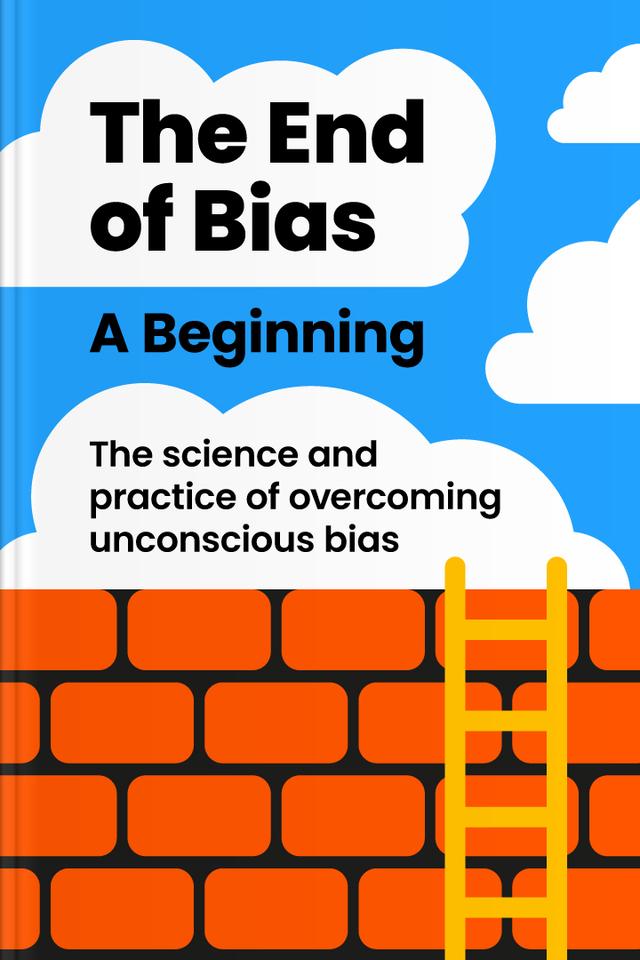You’ll learn
- How do biases shape our actions
- Why does systemic racism persist
- What changes can reduce bias
- How do stereotypes influence policing
russia has launched a full-scale war in Ukraine. Donate to support Ukraine and protect the world’s peace.

first KEY POINT
As humans, we acquire connections and stereotypes associated with different people from different places; it is a continuous process of bias that is mainly unconscious, unintentional, or unexamined. What occurs is that we come across someone who fits into one of these categories, and then all the associations stored in our memories begin to impact the way we behave. These responses can emerge so swiftly and automatically that we are not even aware of the influence they may be exerting on us. The truth is that these emotions may be at odds with our stated moral principles.
This tidbit discusses possible solutions to the effects of the stereotypes and biases we experience. Through these achievable solutions, we may incorporate structured decision-making into our institutions and organizations to limit the influence of bias in our day-to-day operations. For example, when communicating with children and adults, we would learn how to be deliberate about the messages we send and reconsider the media we present to prevent perpetuating negative preconceptions. Furthermore, this summary helps us understand that we may establish new social standards for how we interact with one another, making the process of being biased and prejudiced less regular and natural.
second KEY POINT
Implicit bias is unconscious favoritism or prejudicial treatment of a specific race, gender, or social group. In this chapter, we’ll look at how it has shaped racism.The idea of racism was based on the unfounded belief that white people are innately superior to other races. Prior to empirical evidence, white psychologists and scientists assumed that “colored people,” particularly Blacks, lacked the mental ability to compete or coexist with white people. For example, in 1942, 25,000 white assembly line employees protested working alongside their Black counterparts. Blacks were therefore never considered for major posts, and employers badly mistreated them.In response to the flawed assumptions made by white people towards Blacks, authors and psychologists like Frederick Douglass and W.E.B Dubois made it plain that the only difference between white people and Blacks was skin color.The prejudice towards Blacks stems from white people’s urge to feel superior. The apparent evidence of Black brilliance shaped people's perceptions of racism. During the height of the civil rights and anti-racism movements, many white people openly supported Blacks, even marching together to protest tyranny and unequal treatment. But, according to Jessica Nordell, white people’s assistance comes from a position of necessity, not concern. She said people who marched and supported Blacks did so to feel superior. When a white man walked with numerous Black men, he understood he was unlikely to be injured or detained during a riot. But if the risks of being attacked were comparable to those of a Black man, fewer white people would have joined the march.

Continue reading with Headway app
Continue readingfirst KEY POINT
second KEY POINT
third KEY POINT
fourth KEY POINT
fifth KEY POINT